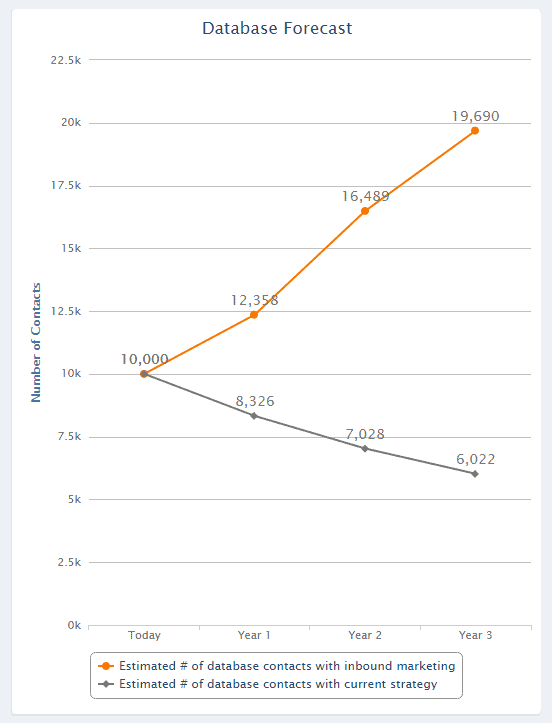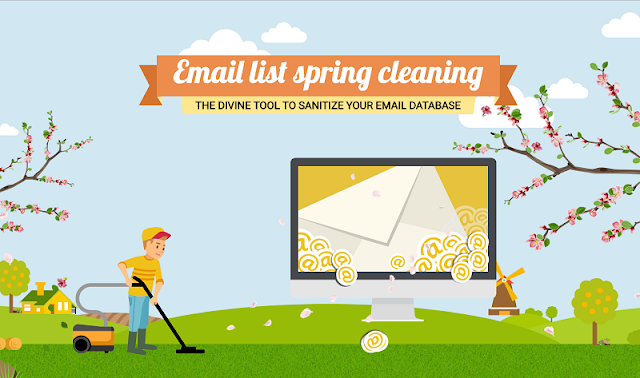A lot of what we do as content marketers is fun. But there’s grunt work in every line of work.
Today, we need to talk about the grunt work. Namely, email list cleaning.
What is Email List Cleaning?
It’s regular email list maintenance involving:
- Removal of invalid, broken, or misspelled emails.
- Segmenting inactive emails to attempt re-engagement and/or deletion.
- Identifying and removing domains that bounce.
- Validating your email database and avoiding spam traps.
Here’s Why It Matters
Studies have found that:
- 81% of all permissioned email make it to the inbox.
- 20% of emails never make it to the intended recipient.
- 7% of emails land in a spam or junk folder.
Not only that, according to MarketingSherpa, B2B data decays at a rate of 2.1% per month, or 22.5% annually. Here’s what that looks like over a 3-year span.

Not good! Makes the extra work of list maintenance sound a lot more appealing, doesn’t it?
Regular email list cleaning improves your IP/domain sending reputation and protects against blacklisting. It can also help you build stronger relationships with your subscribers—and remove people who aren’t good prospects for your offers.
If deleting people from you list still unnerves you, keep in mind, a smaller list of higher quality prospects beats a big list of people who will never buy from you.
In short, cleaning your list is good business.
How to Clean Your Email List
The infographic below gives more details. Here are the highlights.
- Segment your active and inactive subscribers.
- Send a re-engagement campaign to inactives.
- If they don’t begin engaging, send an email warning that they may soon be deleted from your list. If you get no response, hit delete.
- Consider using another email service provider to engage with your inactive subscribers, so your main list stays clean.

Hat tip to Email Monks for sharing the infographic. 🙂
Have you performed email list cleaning yet? What’s holding you back?


